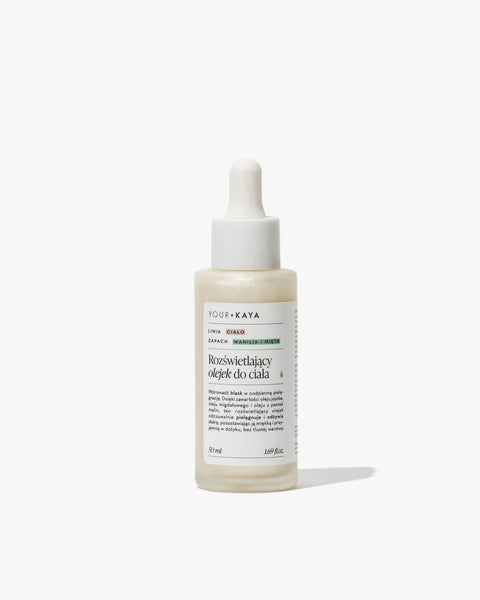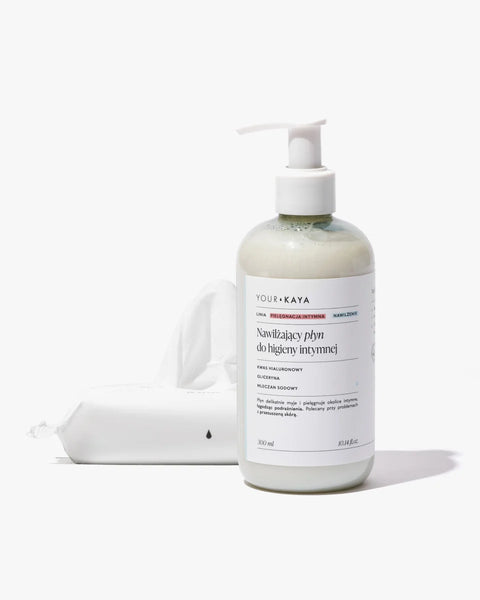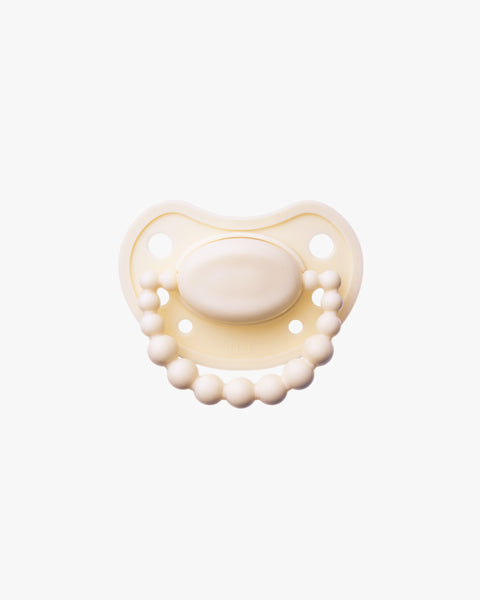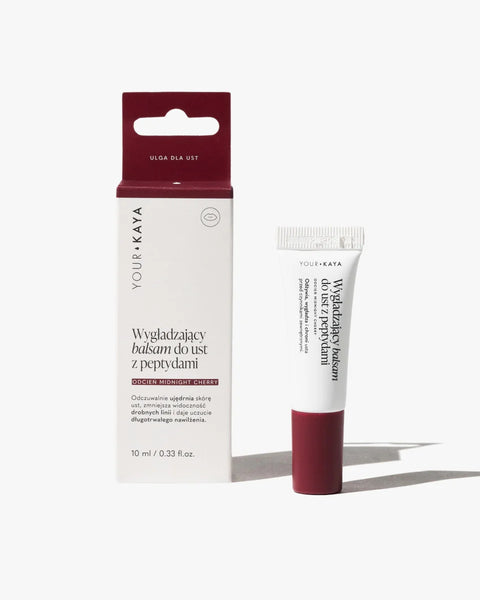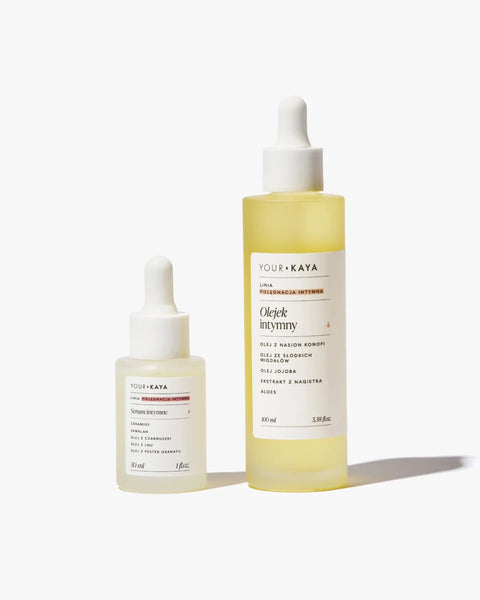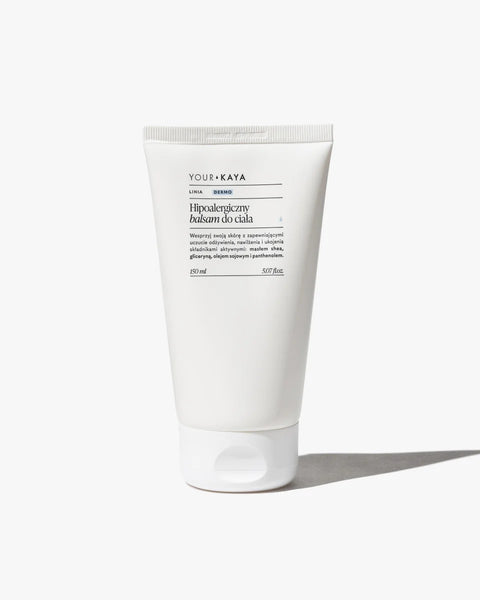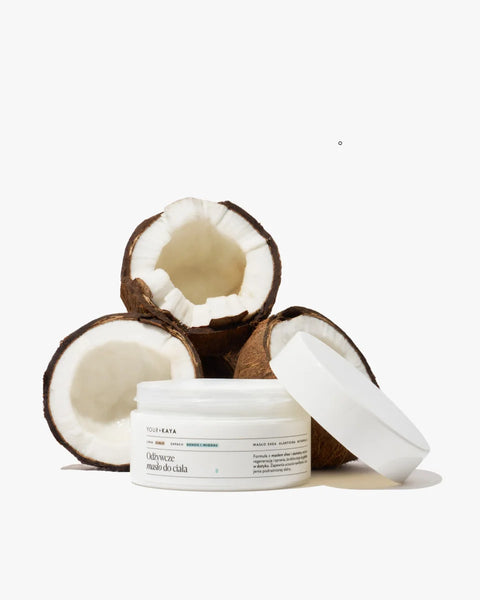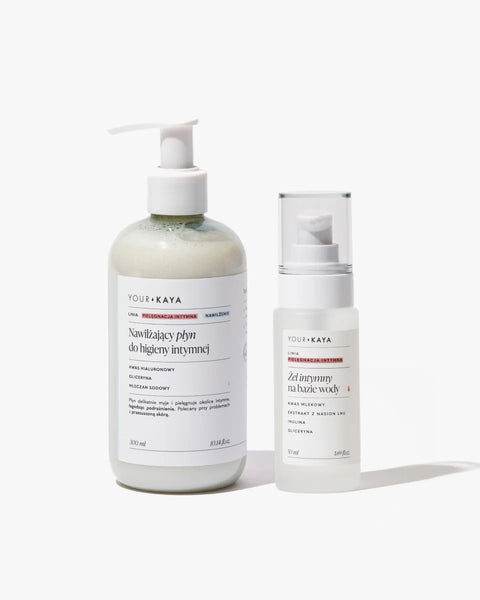What is TSS ( toxic shock syndrome )?
It is a very serious (and in extreme cases even life-threatening!) and rapidly progressing disease caused by toxins produced mainly by Staphylococcus aureus bacteria .
Infection can occur through bacterial colonization or infection when the body does not have a high enough number of antibodies to protect it from the toxins. Children and adolescents (whose immune systems are not yet fully developed) and people with weakened immunity (due to illness, medication, etc.) are most at risk.
Note : Staphylococcus bacteria are microorganisms that normally occur on the skin, in the nose, in the armpits and groin, or in the vagina . Their presence usually does not cause any symptoms – only a small percentage of people have strains of them that would produce dangerous toxins, and an even smaller percentage do not have antibodies that would fight their effects. For the purposes of this text, however, let's assume for a moment that you belong to this small group. What can contribute to the development of the disease?
Who is at risk of toxic shock syndrome?
You get your period. You hastily insert a tampon and hiss in pain as your overly long fingernail damages the mucous membrane – but you quickly forget about it. You're so busy_ty that you don't even notice that over eight hours have passed since your last visit to the bathroom.

During this time, the bacteria that colonize your vulva may decide that a foreign object that has been in your body for too long—namely, a tampon that is extremely absorbent and soaked in menstrual blood —is a great place to breed and produce toxins. During your period, your body's immunity is slightly lower than usual, which naturally increases the risk of various types of infections . You can read more about this topic in our articles: vaginal yeast infection , bacterial vaginosis , genital herpes .
Infection can also occur during the use of mechanicalcontraceptives (such as a coil or intrauterine device), during the postpartum period, after a miscarriage and as a complication following procedures (mainly, but not only, gynecological ones).
Toxic shock syndrome doesn't just affect people with uteruses! It can also occur in the course of illnesses and as a result of damage to the skin or mucous membranes - and burns, frostbite, contaminated wounds or insect/animal bites can happen to anyone. Fortunately, maintaining basic hygiene (especially during your period!) significantly minimizes the risk of its occurrence. Need some tips? Check here - we've collected the key rules of menstrual hygiene in one place .
Toxic shock symptoms
In the first phase of toxic shock syndrome, symptoms are relatively mild. At the beginning of the disease, the following may appear:
- lower abdominal pain,
- malodorous vaginal discharge,
- muscle and headache,
- sore throat,
- slight increase in body temperature,
- general feeling of being unwell.
Regardless of their severity, you should immediately get rid of any foreign objects (tampons, menstrual cups) and contact your gynecologist to rule out TSS. Immediate action is crucial, as the disease can progress and wreak greater havoc relatively quickly.

In the next phase of the disease, hospital treatment is necessary. The following may appear:
- high fever (around 40 degrees Celsius),
- drop in blood pressure and increased heart rate caused by the presence of bacterial toxins in the blood,
- drowsiness, disorientation, dizziness and loss of consciousness,
- disturbances in the functioning of internal organs (diarrhea and vomiting).
Within about 3 days, you can notice a specific, fiery red rash , which is flat and turns white under pressure. There may also be inflammation of the throat and conjunctiva , as well as redness of the vaginal mucosa . In the final phase of TSS, there is peeling of the epidermis on the hands, feet and around intimate areas - in the places that the rash has attacked the most.
Toxic Shock Syndrome – Treatment
In the early stages of TSS, antibiotic treatment is initiated after an outpatient visit. In extremely severe cases, immunoglobulins (special antibodies that neutralize the effects of toxins) should be used. Blood cultures are performed to identify toxins from the bacteria responsible for the infection.
An interesting fact about TSS: in the 1970s, tampons containing carboxymethylcellulose were produced, which, although it allowed for the absorption of twenty times the weight of the tampon itself, at the same time increased the growth of bacteria. Since the discovery of the side effect and the introduction of a ban on the use of this substance, the number of TSS infections has automatically decreased. Unfortunately, the image of tampons has already been sullied and it has not been possible to completely wash out this stain.
TSS prevention

Let's start with the basics. First of all:
- Maintain hygiene rules during menstruation : changetampons regularly , never less than every eight hours. Try to choose those with lower absorbency - depending on the abundance of your period (there is a general rule that the more absorbent the tampon, the greater the risk of toxic shock).
- Don't use tampons outside of your cycle to absorb other than menstrual discharge. Well, you can also use a tampon to stop a nosebleed - remember Steve from Sex and the City ? ;)
- At night, choose a pad or menstrual cup , and if you don't have this option, inserta tampon just before going to bed and replace it right after waking up.
- Set an alarm if you are likely to sleep longer than eight hours.
In case of need, keep the leaflet that comes with the tampon packaging. It may seem like a small thing, but their manufacturers include all the necessary information about possible side effects there, and they are also required to update it regularly. As they say – better safe than sorry.
Created at: 06/08/2022
Updated at: 16/08/2022




























